-
 Visit our shop
Visit our shop
-
English
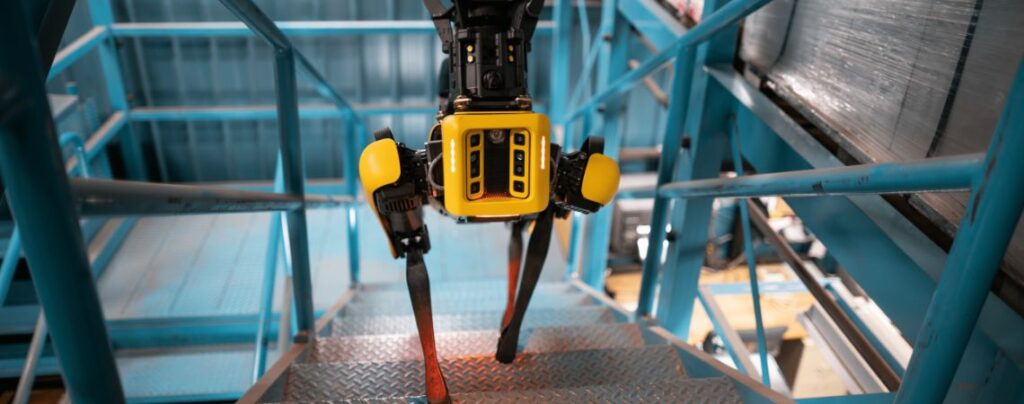
Quadruped robots have recently gained in popularity due to their ability to explore difficult and potentially dangerous environments for humans. Their rapid evolution over the last few decades reflects a growing demand for mobile robots capable of navigating varied terrain while offering innovative solutions for research and education.
Compared with traditional wheeled or tracked mobile robots, quadruped robots have a number of key characteristics:
Quadruped robots, thanks to their four-legged configuration, can climb stairs and navigate various obstacles. This capability is crucial for inspection and rescue missions, where mobility in complex environments is essential.
Unlike wheeled robots, which are generally designed for specific indoor or outdoor environments, quadruped robots can operate effectively in both types of environment. Their design allows them to adapt to a variety of terrains, making them multifunctional and suitable for different types of mission.
Their agility enables quadruped robots to navigate in confined spaces that are difficult to access. For example, the SNCF has used quadruped robots to inspect double-decker Transilien trains, demonstrating their effectiveness in confined environments.
Quadruped robots are designed to climb, jump and move over uneven terrain. This versatility enables them to navigate obstacles that wheeled robots would find difficult to negotiate, offering a more effective solution for difficult environments.
Following the acquisition of a quadruped robot from Génération Robots, we interviewed Loick Briot to find out how these robots are being used in research and education.

Loick Briot, Research Engineer at TECHLAB, École des Mines de Nancy
“At École des Mines de Nancy, we focus on robotics, AI and 5G network topics. Each type of robot has its own advantages and limitations. For example, wheeled or tracked mobile robots are effective on flat surfaces without stairs, and although they are cheaper and offer better autonomy, their weight makes them impractical for environments with stairs. Drones, while useful, are often limited by their range.
Quadruped robots like the Spot weigh between 30 and 40 kg, which means they can move around more easily in environments designed for humans, while still having an attractive load capacity. For specific missions, we combine different types of robot, for example by adding a drone to a quadruped robot for inspections at height.”
“We use quadruped robots for various projects, in particular in collaboration with ANDRA (Agence nationale pour la gestion des déchets radioactifs – the French national radioactive waste management agency). For example, we tested the Spot robot dog from Boston Dynamics in the underground laboratory at Bure, 490 metres underground, to digitise the operations involved in burying nuclear waste.”
SUEZ teams, in partnership with Génération Robots, recently carried out a test in Libourne (33) to address the problems of access to sewerage networks. The aim of the test was to improve the health and safety of operators, enhance performance and knowledge of the assets andoptimise inspections.
The aim was to test the ability of Unitree’s B2 quadruped robot to navigate a wastewater pipe despite water, the curvature of the ground, stairs and other unknown obstacles. The results were promising: the robust, agile robot dog was able to move around the network without a hitch, even managing to travel in reverse.
In the future, this innovation could make it possible to inspect and take measurements in sewage networks, as well as transporting heavy equipment in narrow, dark underground networks.
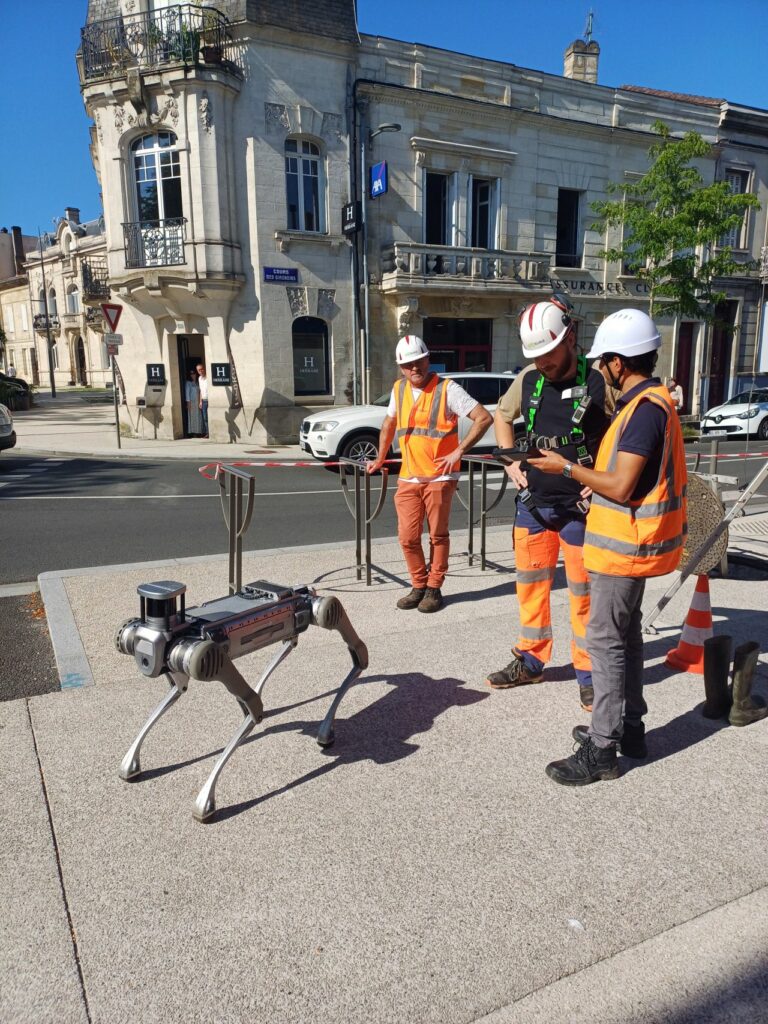
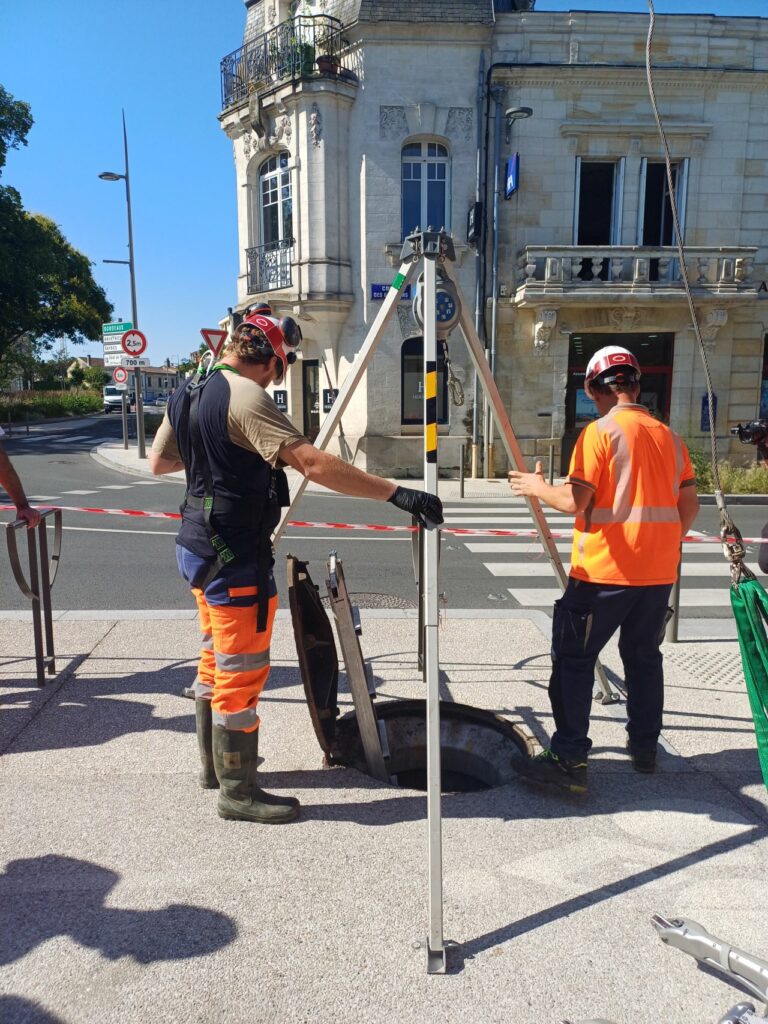
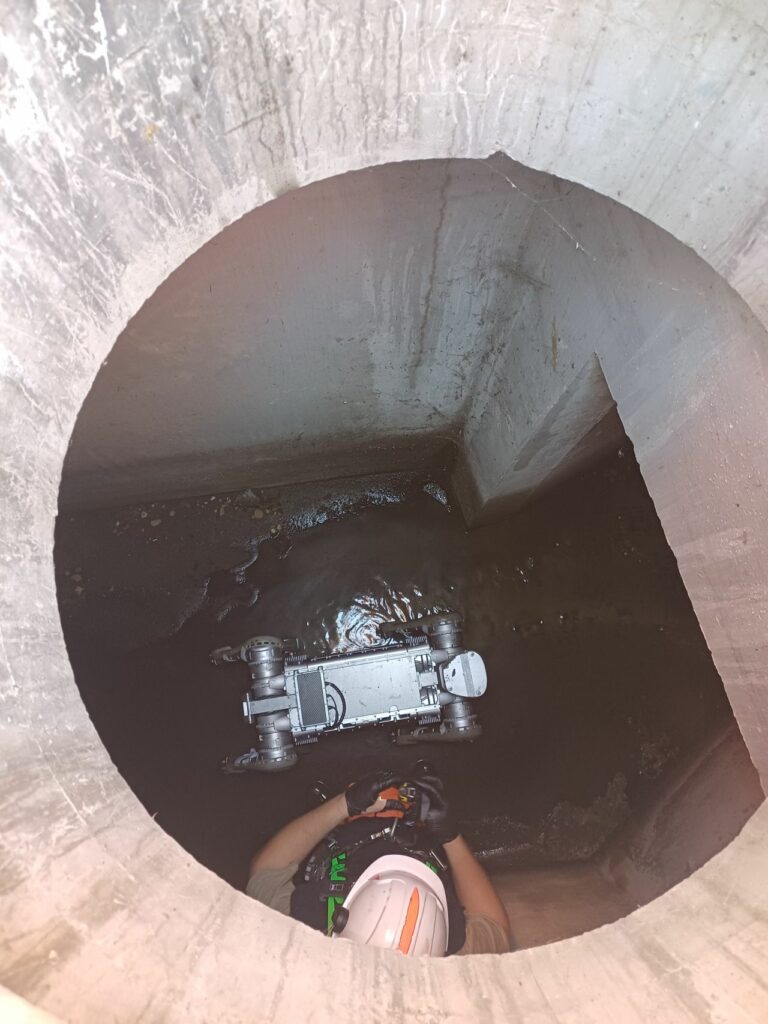
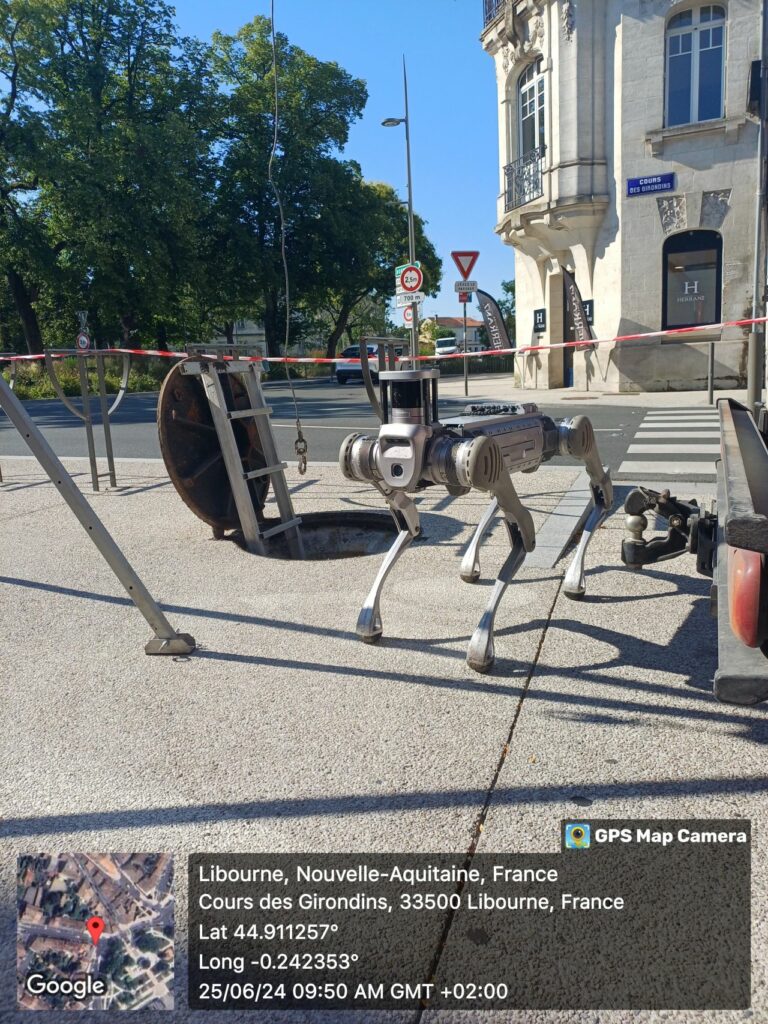
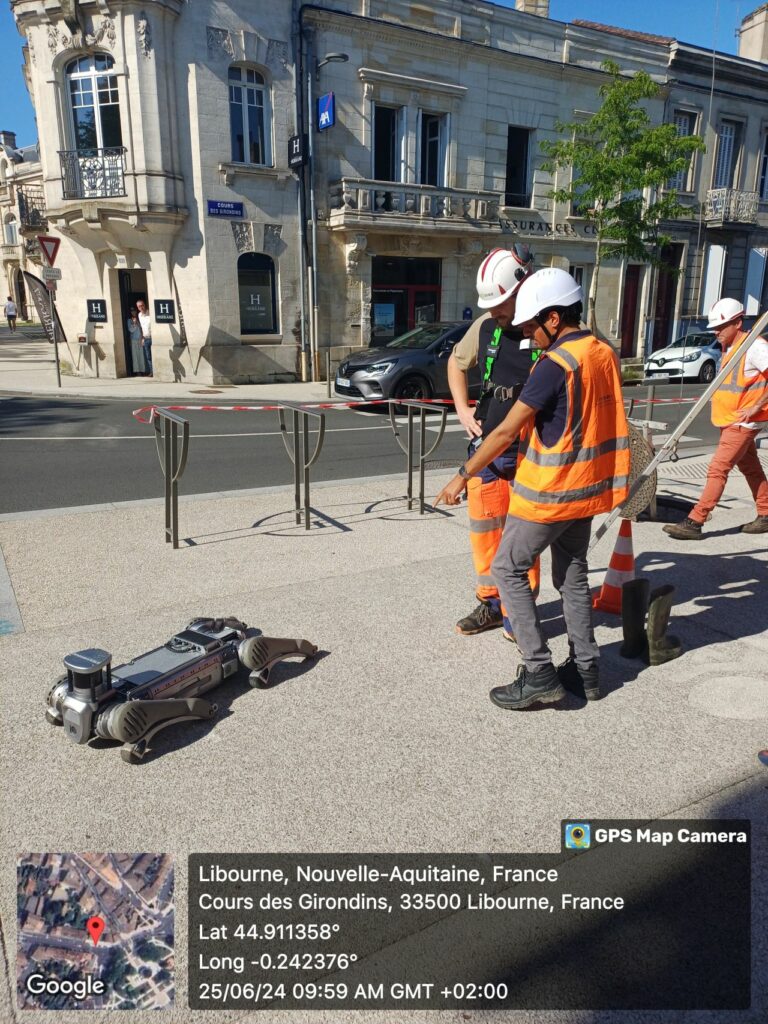

Marine Senecat
Content Manager at Génération Robots
